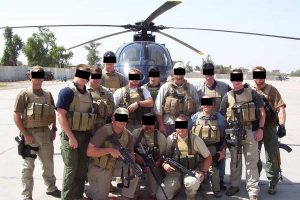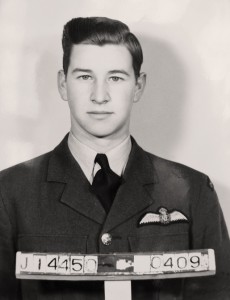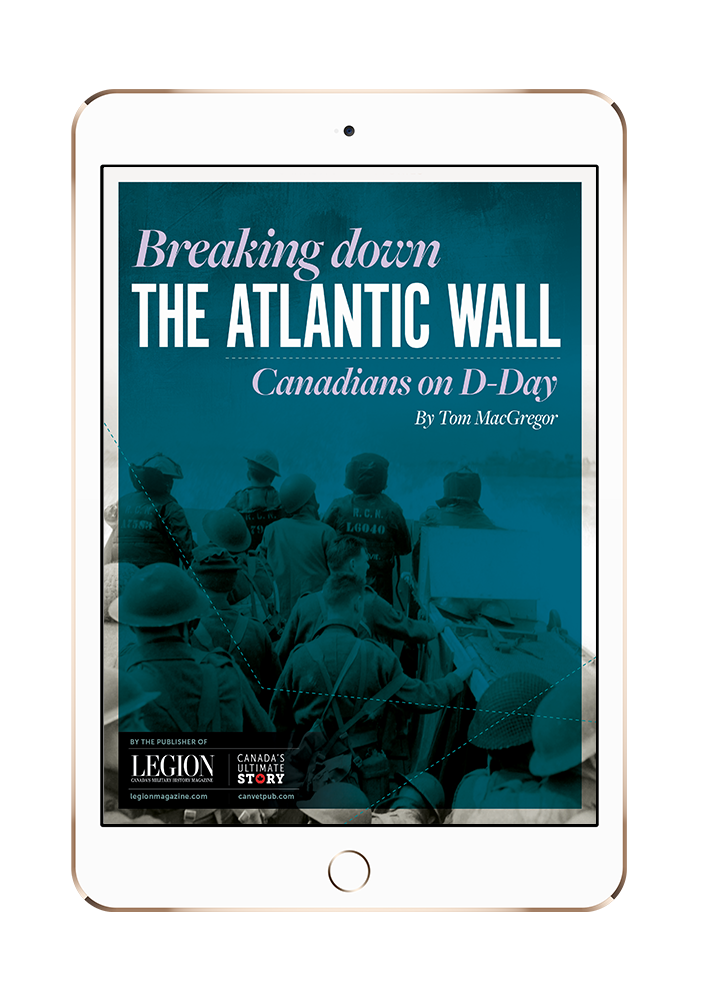The battle to protect convoy ON-127 taught Allied navy commanders some tough lessons
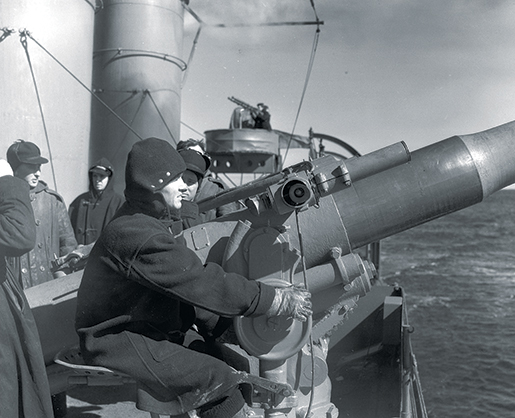
Navy personnel aboard HMCS St. Croix man a 4-inch gun on a cold day in March 1941. [DND/LAC/PA-105295]
September began badly and ended worse. In the first week, U-517 and U-165 attacked convoy QS-33 in the lower St. Lawrence River, sinking several ships and the armed escort HMCS Raccoon. Then, after sinking the corvette HMCS Charlottetown in broad daylight just off Gaspé, Que., this pair of U-boats ran amok in the northern Gulf of St. Lawrence, sinking more ships, including the U.S. Army troop transport Chatham (“Torpedoed in the St. Lawrence,” May/June 2012 and “The Luck of the U-Boats,” July/August 2012). The Royal Canadian Navy’s inadequacy was painfully evident when the federal cabinet decided on Sept. 9 to close the St. Lawrence to oceanic shipping.
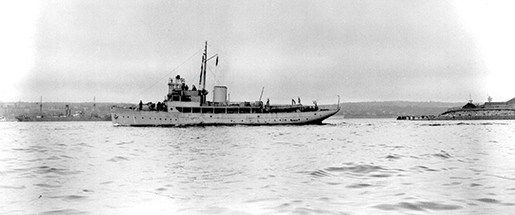
The armed yacht HMCS Raccoon was sunk by U-165 in the lower St. Lawrence River on Sept. 7, 1942. [DND/LAC/PA-183637]
The roots of Canada’s mid-ocean woes lay in the rapidly changing nature of the war at sea. By the summer of 1942, Germany was producing nearly 20 U-boats a month, mostly the small Type VIIC submarines ideally suited to operate in packs. As German success in distant waters dwindled over the summer, a massive return to the mid-ocean was inevitable. German admiral Karl Dönitz observed in his memoirs that by late 1942, he could use Rudeltaktik (tactics of a pack) to attack shipping in the mid-ocean with “four or five times the strength” possible in distant waters. In the spring and summer, he had seen that the transatlantic convoys (which RCN forces had had considerable luck defending) were following a fairly predictable track along the Great Circle route. Finding targets would not be hard. So, in late August the wolf packs returned to the mid-ocean in increasing strength.
The British were also anxious about the transatlantic convoys, knowing that the abandonment of Iceland as a mid-ocean relay point for escorts in February 1942 stretched their escorts to their limits, and therefore constricted convoy routing to the most direct path. The reduction in the size of the Mid-Ocean Escort Force (MOEF) groups through 1942 simply increased the vulnerability of SC (for Sydney, Cape Breton), HX (for Halifax) and ON (for Outbound from the British Isles to North America) convoys.
Fair summer weather and the introduction of refuelling at sea for small escorts kept this problem at bay for a while. The RN also took the time to do what the RCN had abandoned any hope of accomplishing in 1942: refitting and modernizing its escort fleet. This included rebuilding corvettes for oceanic work and fitting essential modern equipment, such as 10-cm radar and, on its destroyers, shipborne high-frequency direction-finding (HF/DF) sets.
What probably worried the British more as the summer of 1942 dragged on was the continued blackout in reading North Atlantic U-boat radio traffic. In February, the Germans introduced a fourth rotor for their Engima code-enciphering machine, and by the fall of 1942, the British had still not solved it. Land-based HF/DF stations could—and did—give a general indication of U-Boat positions from their daily reports, but it was not precise enough to nimbly route a threatened convoy around a nearby pack.
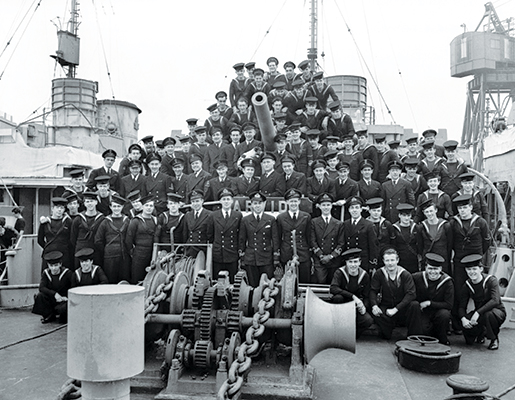
A proud ship’s company poses on the deck of HMCS Arvida, docked in Halifax in 1945. [DND/LAC/PA-184126]
In short, by the fall of 1942, the Canadian escort groups in the mid-ocean were steaming into a perfect storm. By November, all access to the U.K. would be across an ocean rapidly filling with U-boats, amid a critical intelligence blackout and a looming British shipping and import crisis. Never had defending shipping been so vital.
Missions for the Canadian-led C groups of MOEF grew more perilous as the summer of 1942 waxed into the fall. Evidence of this emerged in early September. While U-517 and U-165 had their way with convoy QS-33 in the lower St. Lawrence River, convoy ON-127 departed Liverpool bound for Halifax: 34 ships in a fast westbound convoy. They were joined off Northern Ireland by escort group C-4, commanded by acting Lieutenant-Commander A.H. “Dobby” Dobson of the Royal Canadian Naval Reserve in the destroyer HMCS St. Croix. Dobson was a seasoned North Atlantic veteran, but was on only his second passage with C-4. He was ably supported by acting Lieutenant-Commander C.A. Rutherford of the RCN in the destroyer HMCS Ottawa and the rest of C-4, made up of corvettes Amherst, Arvida, Sherbrooke and HMS Celandine, which had worked together as a group since June. The group had no HF/DF and only Celandine was equipped with modern 10-cm radar. Ottawa was supposed to fit Type 271 radar during her layover in Londonderry, but Rutherford declined when he found out that meant removing the ship’s fire control director.
The first five days of the passage of ON-127 were quiet, but the wolf pack Vorwärts lay in its path just on the outer limits of air support. What followed was a naval battle that did not reflect well on the RCN.

Grub time in the stoker’s mess aboard HMCS Sherbrooke in 1941. She served mainly with escort group C-4 in 1942-43. [William H. Pugsley/LAC/PA-200123]
Sweeps by C-4 after the attacks turned up nothing, and Dobson had just settled back into position ahead of ON-127 when St. Croix got an asdic contact, followed moments later by a submerged attack by U-659. The tanker Empire Oil was struck and fell out of station: she was later sunk by U-584. In the words of the RCN official history, counter attacks “did enough damage to force U-659 out of the battle.”
Meanwhile, U-407, which had penetrated the screen and was poised to fire, abandoned her attack when ON-127 took evasive action. In the chaos of the subsequent searches and rescue operations, the escort drifted away from the convoy and was unable to stop torpedoes hitting Marit II, Fjordass and Liberty Glo. The first two, both tankers, stayed with ON-127 and made it to harbour, but Liberty Glo fell astern and was never seen again.
The next day, Dobson took St. Croix to visibility distance ahead of ON-127 in an attempt to forestall U-boats submerging ahead of the convoy. He was already too late: U-584 was in position and hit Hindanger in another submerged daylight attack in the afternoon. Dobson ordered Amherst astern to look after Hindanger, and was himself distracted by radar contacts and did not rejoin ON-127 until after midnight. The neutral Portuguese fishing schooner Delaes got caught in this frenzy on Sept. 11. Several U-boats swept by in search of ON-127 before U-96 stopped long enough to torpedo the innocent fishing vessel and finish her off with gunfire in a senseless act of brutality.
Meanwhile, Rutherford, now acting Senior Officer in Ottawa, took ON-127 away on a diversion. The convoy began to drift into two sections in the darkness, one behind the other, and at least one ship bolted, running ahead trying to escape the mayhem. In the confusion, the three remaining escorts of C-4 were unable to prevent U-211 from torpedoing two ships, or to prevent Daghild from being hit just after midnight. Arvida was ordered to stand by the stricken ships.
Dobson regained control of the situation on the morning of Sept. 12, but his situation was perilous. C-4 again deployed ahead of the convoy, waiting for another round of submerged daylight attacks. Dobson also pushed out his destroyers to chase off or put down U-boats sighted on the horizon. But he lacked good radar, and without HF/DF sets he could only guess where the shadowers were. His efforts proved successful: only two attempts were made to attack ON-127 that night, and both failed.
By Sept. 13, the U-boats were having difficulty maintaining contact, and most were finally driven off late in the day when anti-submarine Catalina seaplanes from 116 Squadron, RCAF arrived from Newfoundland. Just before midnight, Ottawa was ahead of ON-127, probing the darkness with her Type 286P radar, trying to locate two destroyers that had also been sent to help. With a Type 271 set, Rutherford would have contacted them sooner, and would also have known that U-91 was nearby, tracking him. When HMS Witch finally answered Ottawa’s challenge, Rutherford swung his destroyer to port to head back to ON-127. Moments later Ottawa’s bow was shattered by an explosion.
Advertisement









